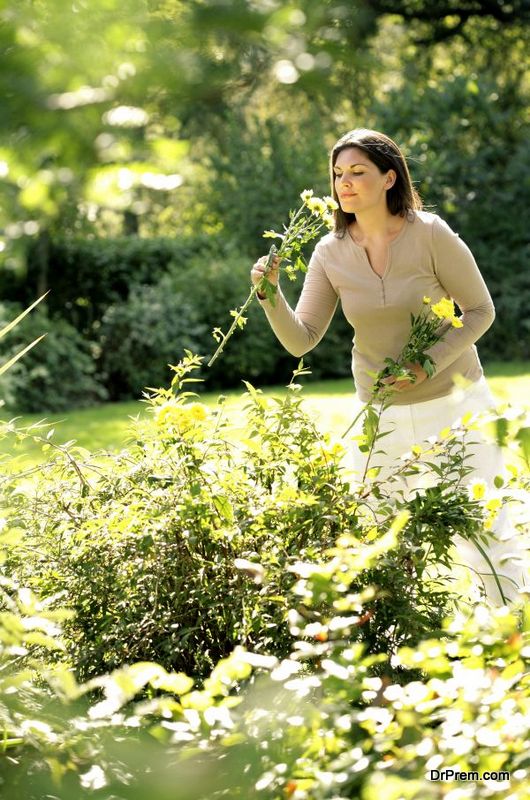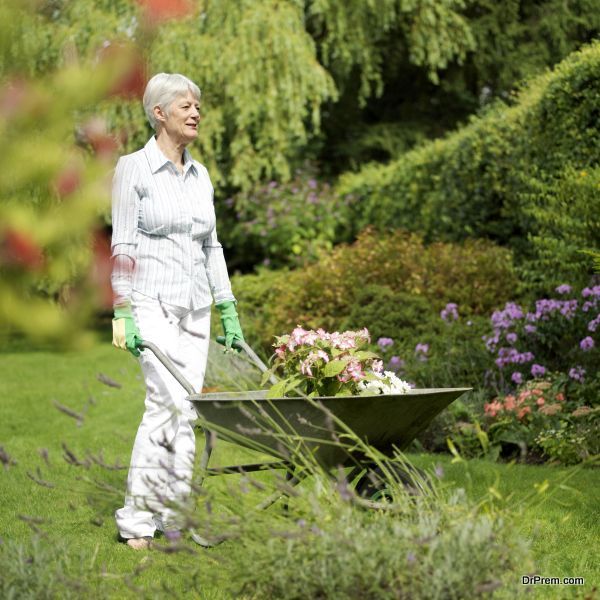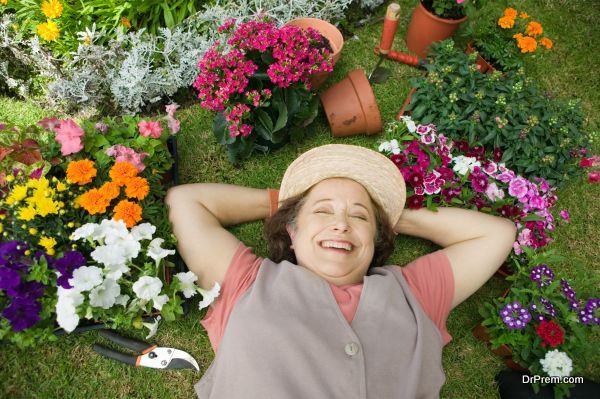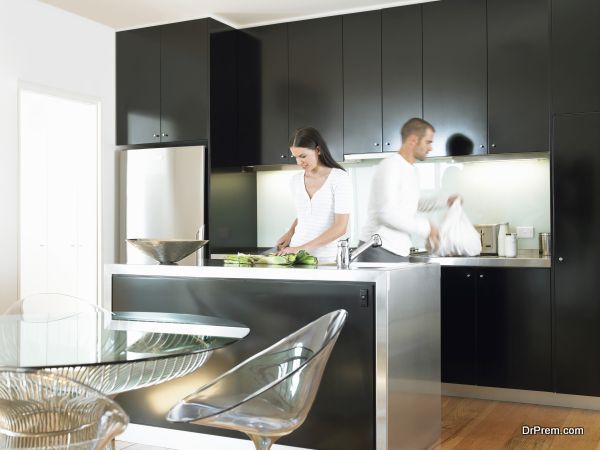Planting the perfect flower garden is somewhat akin to painting an eye-catching masterpiece. You need to blend the right colors, shapes, and sizes for aesthetic appeal. With proper planning, you can maintain your masterpiece easily throughout the seasons. However, you’ll need to address several key points, from the soil to the sun, to make sure your garden stays stunning.
Map Out Your Planting Space

A flower garden is not something you can throw together at random. It requires time, attention, and proper planning. Begin by mapping out your garden space and drawing a rough sketch of what you’re working with. Observe your garden every few hours throughout the day and note which areas are shaded and which are sunny. With this information in hand, you can accurately pinpoint areas with full sun, partial sun, and shade. Every flower has its own preferences, so this information is important.
Till Your Garden for Greater Depth
Cobb County Master Gardener Debbie Abernathy recommends deeply tilling your soil before you begin planting so that your flowers have 12 to 18 inches of quality soil. Incorporate amended soil and fertilizer to this depth for the best results. If your plants have only a couple inches of quality topsoil, their deeper roots won’t get the nutrients that they need to thrive on.
Build a Blended Bed
The best flower gardens have a combination of annuals and perennials. Annual flowers are grown from seed every year, blooming for only one season before they die. Perennials go dormant during cool weather months, but bloom year after year. Some gardeners contend that perennials require a little more care to thrive, but this is offset by the convenience of having a plant that will come back the next year. Meanwhile, annuals need extra attention as they’re coaxed forth from seedlings every spring.
Fertilize for Your Flower Types

Every flower has its own preference for fertilizer, and every fertilizer is a bit different. Fertilizers are formulated with a blend of nitrogen (N), phosphorus (P), and potassium (K), which is shown on the bag in an N-P-K formula, like 5-10-5 or 5-10-10. Research the flowers in your garden to find out which blend is best for their needs. Read the manufacturer’s instructions carefully. Over-fertilizing your garden is just as harmful as forgetting to fertilize at all.
Perfect Your Pairings
Creating a monoculture in your flower bed, with a single type of flower throughout, encourages pests that thrive on that species. It’s far better to build a mixed bed with several different types of flowers. Try allium and hosta together in shady spots. Goldenrod and stonecrop create a vibrant warm palette. If you want something that grows fast and requires minimal care, go for black-eyed Susans and daylilies.
With a careful eye to the landscape available to you and some detailed research into the flowers you’re planting, you can create a fragrant paradise of color and texture that enhances your home and beckons you outdoors to enjoy the ambiance of your creation.
Article Submitted By Community Writer




